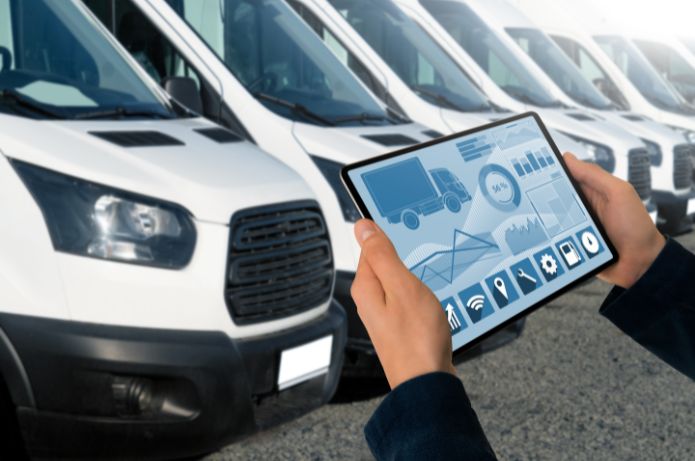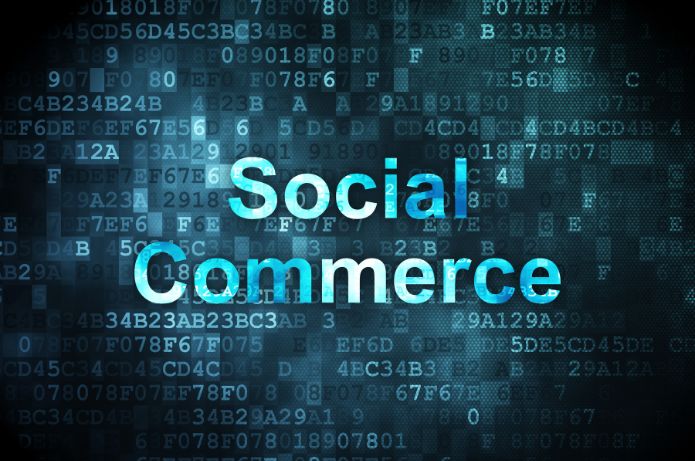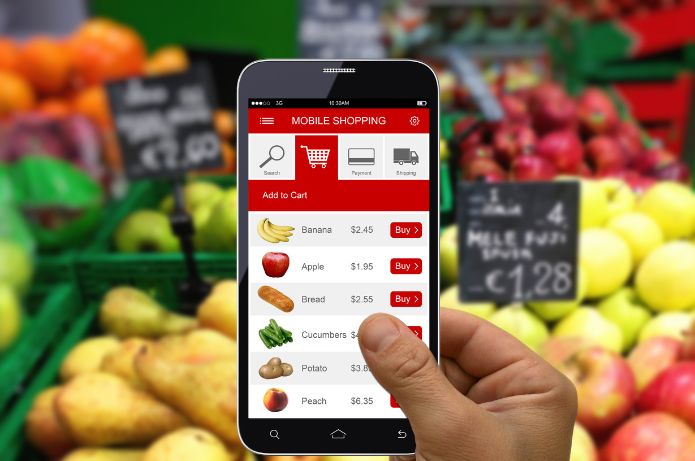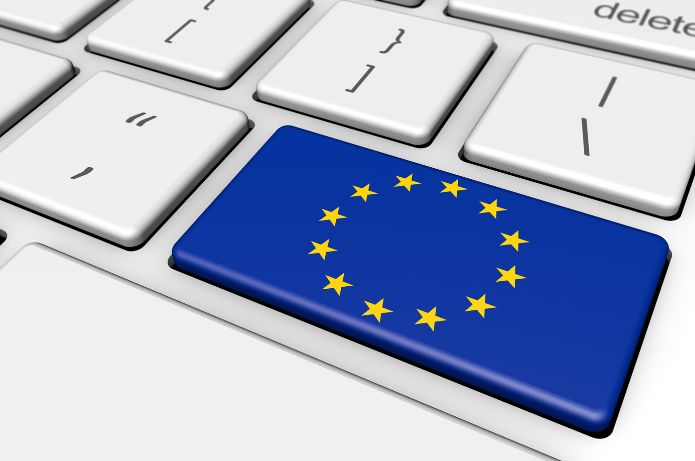Definition:
Carrier hubs, also known as distribution centers or logistics centers, are strategically located facilities that serve as central points for the receipt, organization, consolidation, and redistribution of goods in a transportation and logistics network.
Main Concept:
These hubs act as central nodes in a distribution network, connecting different transport routes and optimizing the flow of goods between origin and destination.
Main Features:
1. Strategic Location:
''Positioned at geographically advantageous points.
2 Close to major transport routes, ports or airports.
2. Advanced Infrastructure:
Large capacity storage areas.
2 Modern cargo handling equipment.
(WMS) Sophisticated warehouse management systems.
3. 24/7 operations:
Continuous operation to maximize efficiency.
4. Multimodality:
. Ability to handle different modes of transport (road, rail, air, sea).
5. Value Added Services:
Packing, labeling, assembly of kits, among others.
Main Functions:
1. Load Consolidation:
Agrupamento of small shipments in larger loads for more efficient transport.
2. Cross-docking:
Direct transfer of goods between vehicles, minimizing storage time.
3. Distribution:
If large shipments are processed into smaller shipments for final delivery.
4. Temporary Storage:
''Short-term inventory to manage fluctuations in demand.
5. Order Processing:
Preparation and dispatch of orders to end customers or other distribution centers.
Advantages:
1. Operational Efficiency:
Reducing costs through route optimization and cargo consolidation.
2. Fast Delivery:
Decrease in transit time of goods.
3. Extended Geographic Coverage:
Ability to serve more distant markets efficiently.
4. Flexibility:
Adapting quickly to changes in demand or market conditions.
5. Traceability:
Better control and visibility of the flow of goods.
Challenges:
1. Operational Complexity:
^Need for sophisticated management systems.
2. Initial Investment:
high costs for establishment and maintenance of infrastructure.
3. Coordination:
Efficient synchronization between different modes of transport and logistics partners.
4. Regulations:
2 Compliance with different legislation, especially in international operations.
Future Trends:
1. Automation and Robotization:
Implementation of automated systems for handling and separation of loads.
2. Artificial Intelligence and Big Data:
Use of predictive analytics for route optimization and inventory management.
3. Sustainability:
''Focus on greener and more energy efficient operations.
4. E-commerce:
''Adapt to meet the growing demands of e-commerce.
Conclusion:
Carrier Hubs play a crucial role in the modern supply chain, acting as nerve centers that drive efficiency and speed in the movement of goods. By centralizing and optimizing logistics operations, these hubs enable carriers to offer faster, more reliable and more economical services.As the demand for faster and more efficient deliveries continues to grow, especially driven by e-commerce, the importance and sophistication of these logistics centers tend to increase, incorporating advanced technologies and sustainable practices to meet the ever-evolving needs of the global market.











